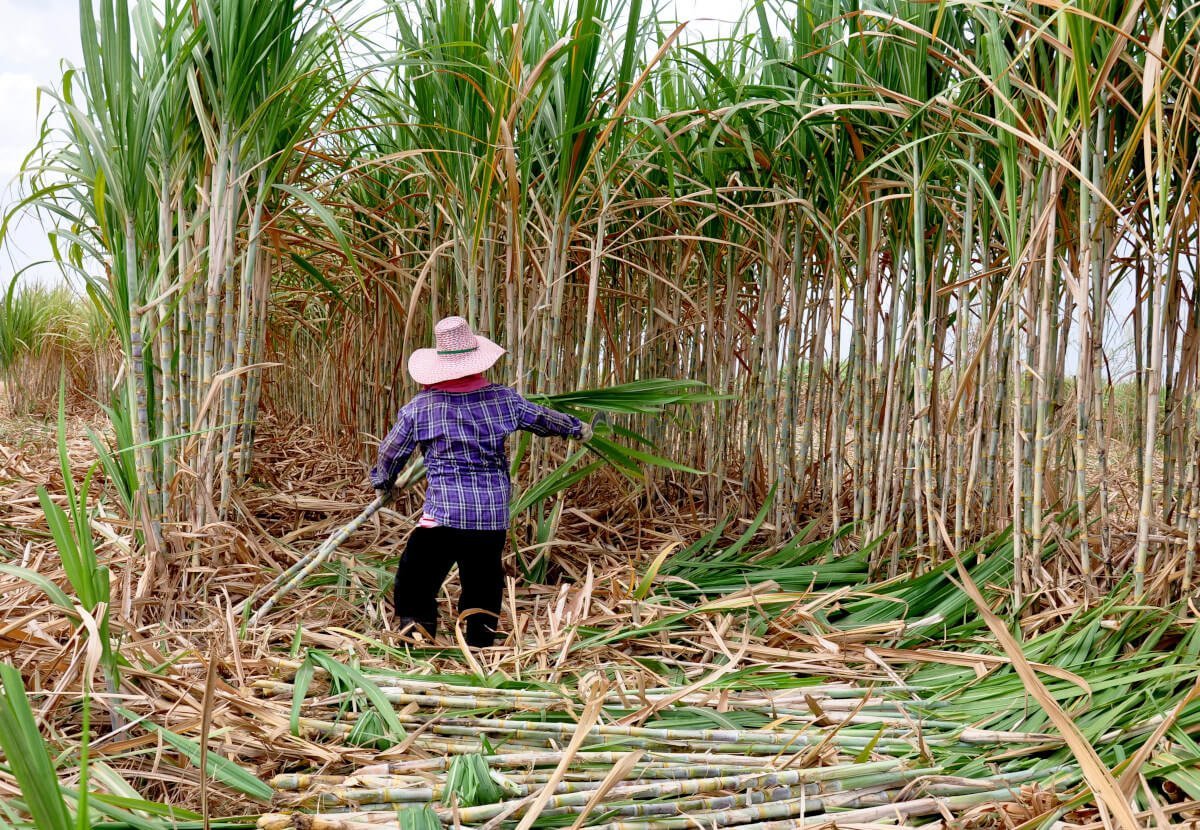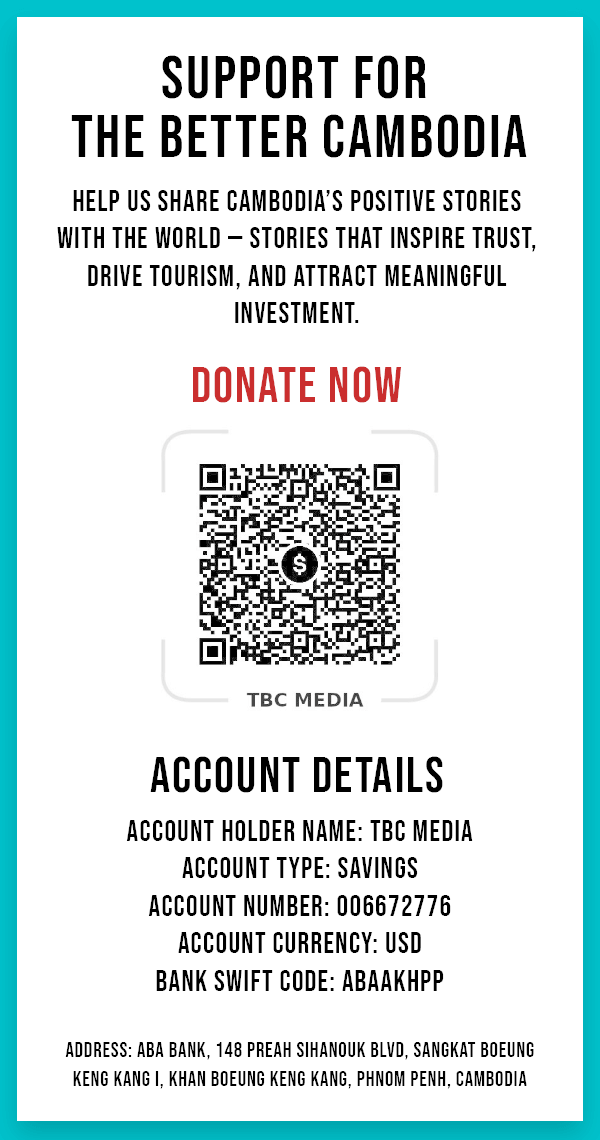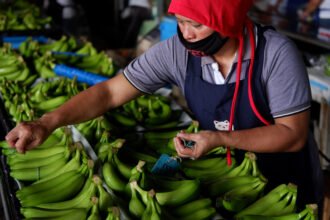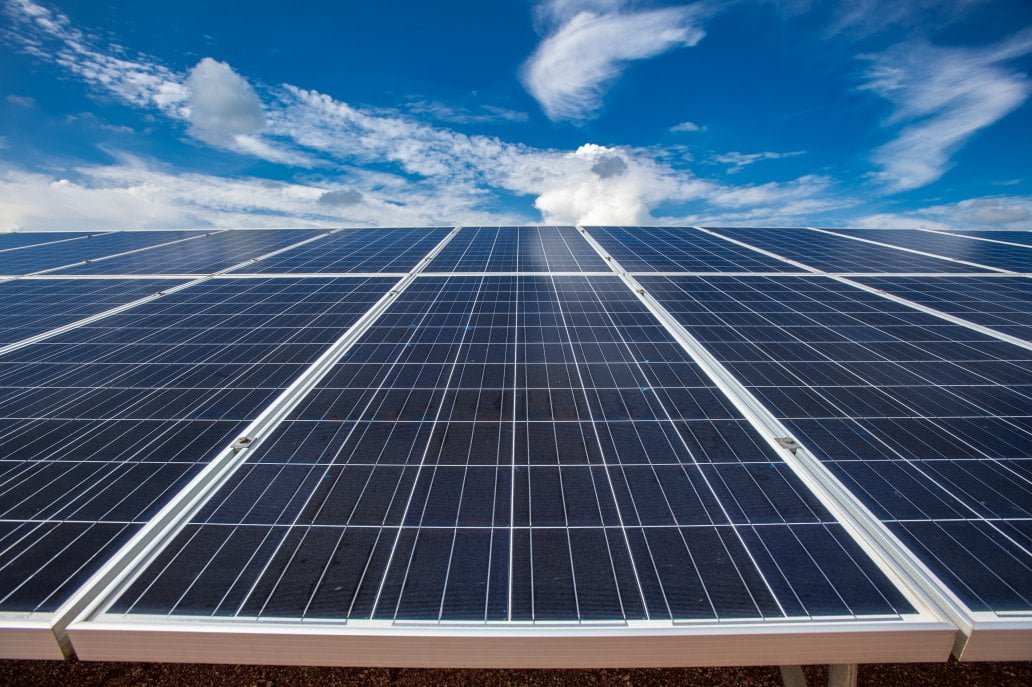Sugarcane holds significant prominence in the realm of global agriculture, as its byproducts are present in a wide range of items that extend beyond the apparent confections and drinks. Cambodia, a nation renowned for its abundant cultural legacy and awe-inspiring scenery, is establishing a noteworthy presence in this very profitable industry. The latest data indicates a rapidly expanding business, as sugarcane production soared to 777,551 tones in 2022, highlighting the nation’s increasing expertise in this field.
The global consumption of sugar is projected to rise to around 200 million metric tons by 2024, underscores the insatiable demand for this sweet commodity. As the world leans more into trade liberalization and agricultural advancements make sugar cheaper and more accessible, countries like Cambodia are positioned to reap considerable benefits.
Retail prices in Cambodia for sugarcane range between US$ 0.70 and US$ 1.20 per kilogram, reflecting a market that is responsive to both local and international economic currents. The wholesale price range, notably lower, hints at Cambodia’s potential to be a competitive player in the global sugarcane market, particularly with its strategic exports to Vietnam, the Netherlands, and the Czech Republic.
The revenue in Cambodia’s sweeteners market, projected at US$11.95 million in 2024, with an anticipated growth rate of 5.44% (CAGR 2024-2028), signals a burgeoning industry with room for expansion and innovation. This growth is not confined to sweeteners alone; the confectionery market in Cambodia is also on an upward trajectory, expected to reach US$777.90 million in 2024 and grow annually by 7.68% (CAGR 2024-2028).
However, the narrative of sugarcane in Cambodia is not just about the economics of sugar production and consumption. It’s about the broader implications for sustainable development and the potential for diversification into biofuel production, leveraging the significant output of sugarcane. The unexploited potential for sugarcane-based biofuel presents an opportunity for Cambodia to lead in green energy initiatives, attracting foreign investment and technological partnerships.
The cultivation of sugarcane, primarily concentrated in provinces like Kampong Speu, Koh Kong, Oddar Meanchey, and Preah Vihear, is indicative of the agricultural dynamics within Cambodia. The requirement for irrigation underscores the need for infrastructural development and sustainable water management practices, ensuring that the growth of this industry does not come at the expense of the environment or the water resources that communities depend on.
As Cambodia continues to navigate the complexities of global trade and agricultural innovation, the sugarcane industry represents a microcosm of the challenges and opportunities that lie ahead. Balancing economic growth with environmental sustainability, embracing technological advancements while safeguarding traditional practices, and tapping into global markets without losing sight of local needs are all part of the intricate dance that Cambodia, and indeed the world, must perform in the sugarcane sector.
Cambodia’s progress in the sugarcane sector exemplifies the nation’s ability to endure and adjust to challenges. Amid ongoing worldwide developments, Cambodia’s sugarcane industry emerges as a promising sector, poised to enhance its international presence while promoting sustainable and equitable economic expansion.








